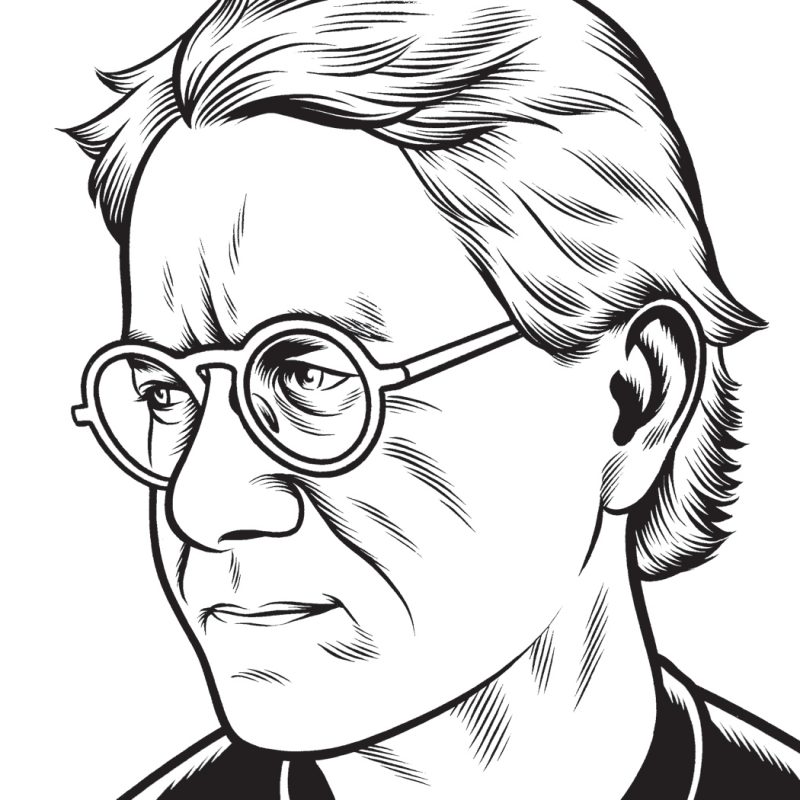(1) Eminem and Lil Wayne, “No Love” on Saturday Night Live (December 18, 2010). In a performance that reduced the original collaboration for Eminem’s Recovery to a stiff rehearsal, Lil Wayne was the carpenter, with enough conviction in his hesitating syllables to cause pain: “No love lost, no love found” cut. Then Eminem takes the song, walking the boards Lil Wayne nailed down, clumsily, with no ability to create a rhythm out of physical movement, and it doesn’t matter: the staccato beat he makes, then rides, that shoots his words out in front of him is jaw-dropping. The momentum he generates between the walls of each beat seems almost beyond the ability of a body to produce it. On record, the number isn’t so far beyond its sample of Haddaway’s somewhat cheesy 1993 “What Is Love (Baby Don’t Hurt Me)”; here, it touches “Lose Yourself,” the shocker that ran under the credits for 8 Mile—when you thought the movie was over, and the real story was just starting.
(2) The Fiery Furnaces, “I’m Not There,” Le Poisson Rouge, New York (December 5, 2010). Over the last few years, Howard Fishman and Sonic Youth have translated and recorded this once-almost-incomprehensible Bob Dylan song. This night, it seemed to have drifted into Eleanor Friedberger’s mind unbidden, and she told its tale as if, now, it was her life to lead.
(3) Anika, Anika (Stones Throw). The Nico-like face, the Nico-like voice—for that matter the Nico-like consonants—it reeks of concept. But Skeeter Davis’s 1963 “End of the World” always had something uncanny—something from beyond the grave—beneath its lost-love lyrics, and the twenty-three-year-old Anika Henderson—she’s English, her mother is German—brings it to the surface. And there’s something deeply displacing, and gripping, about hearing “Masters of War” sung with a German accent. Suddenly, all sorts of people who weren’t in the song before are now crowding its stage: Nazis, yes, but also Marianne Faithfull with her “Broken English,” inspired by Ulrike Meinhof, and the female German terrorists who in Olivier Assayas’s Carlos—Julia Hummer’s Nada, Nora von Waldstätten’s Magdalena Kopp, Katharina Schüttler’s Brigitte Kuhlmann—are more fearsome than the men, maybe because they seem so eager to be consumed by the fire they’re trying to make.
(4) Peter Hujar, Thek Working on Tomb Effigy 8, 1967, in Paul Thek: Diver, A Retrospective, Whitney Museum of American Art, New York (October 21, 2010–January 9, 2011). One of a series of photos in a slide show, this leaps out. It’s tall, thin, blond, long-haired Thek standing at a work table, with his “Dead Hippie” sculpture lying flat on a platform—a sculpture of...
You have reached your article limit
Sign up for a digital subscription and continue reading all new issues, plus our entire archives, for just $1.50/month.
Already a subscriber? Sign in





